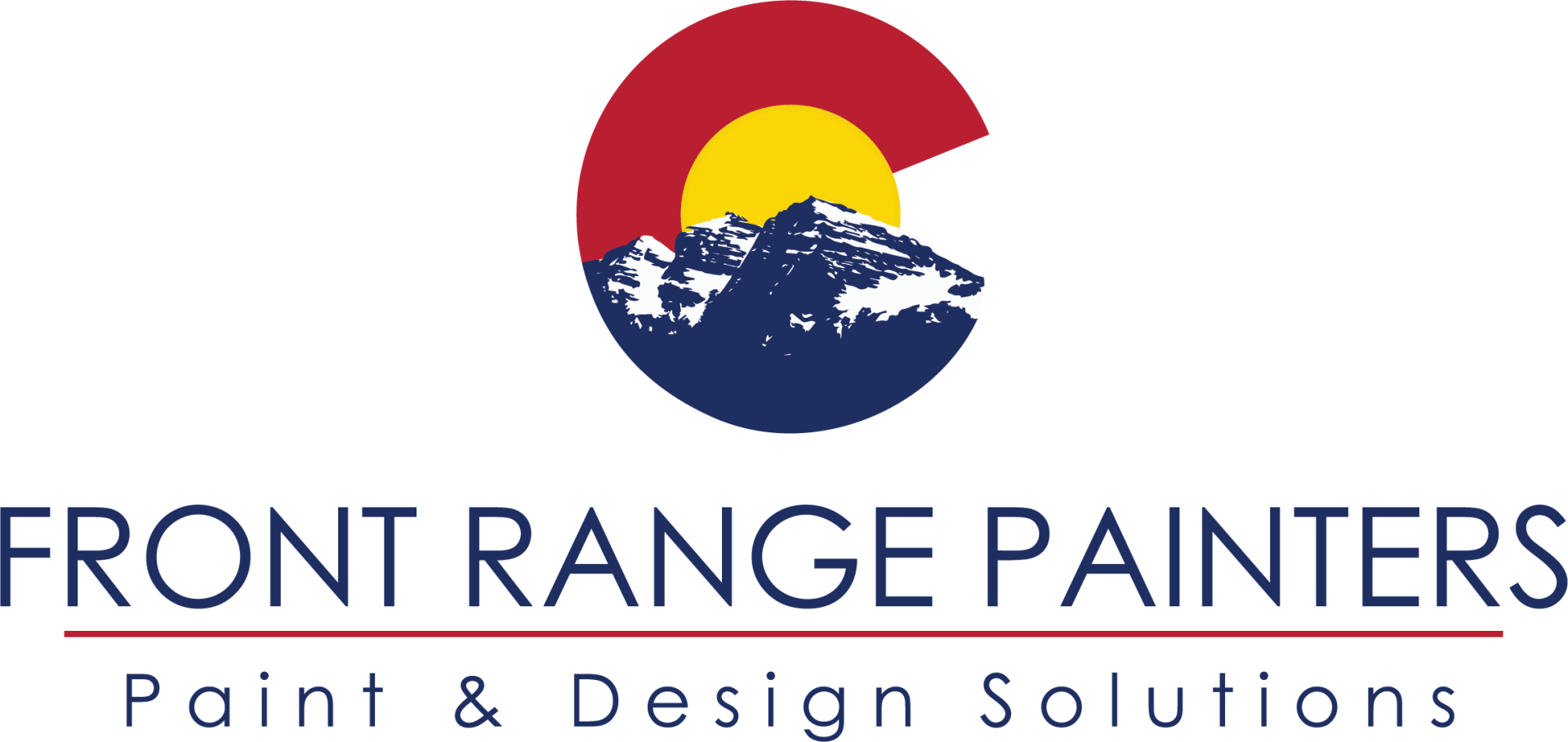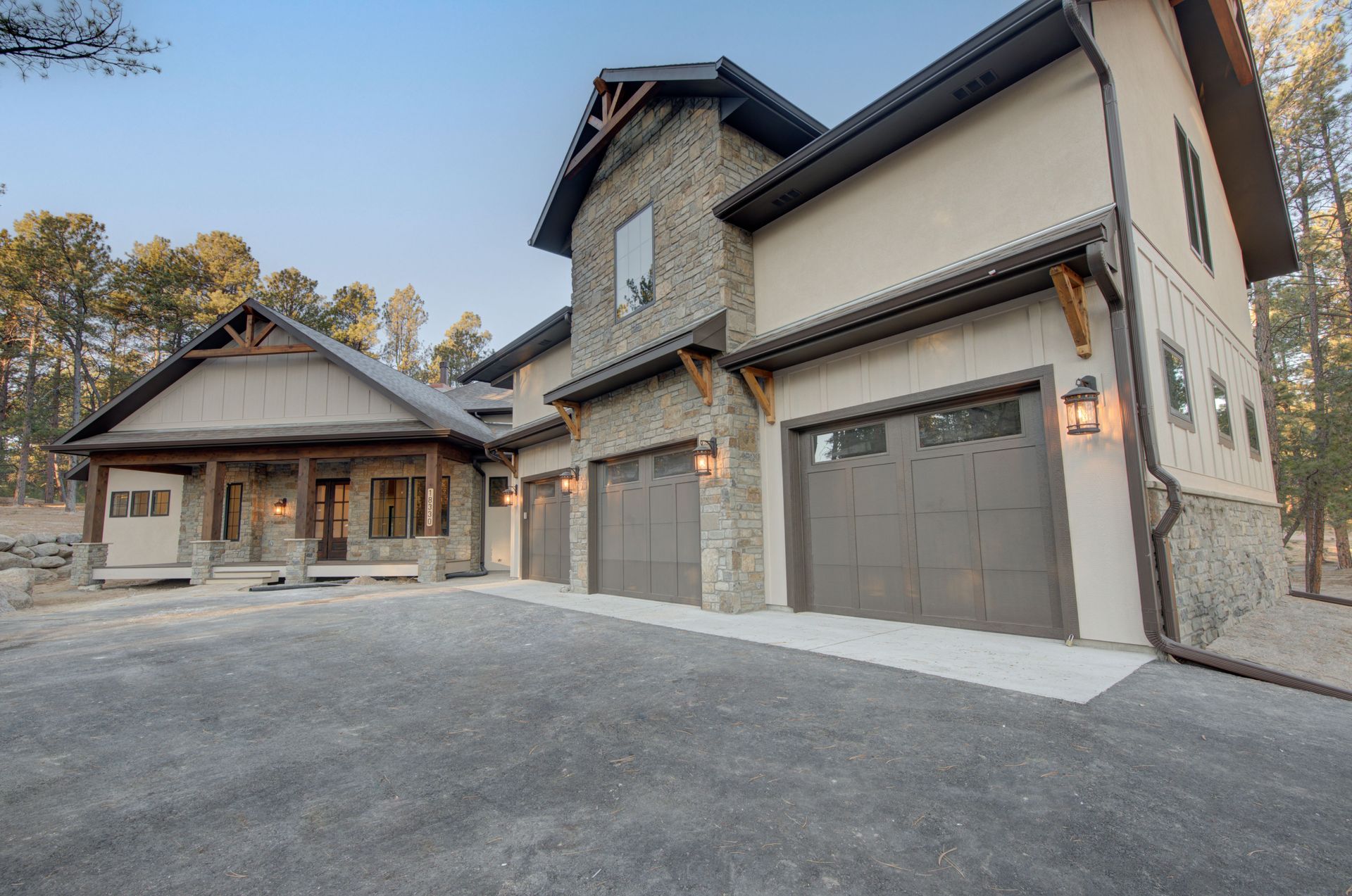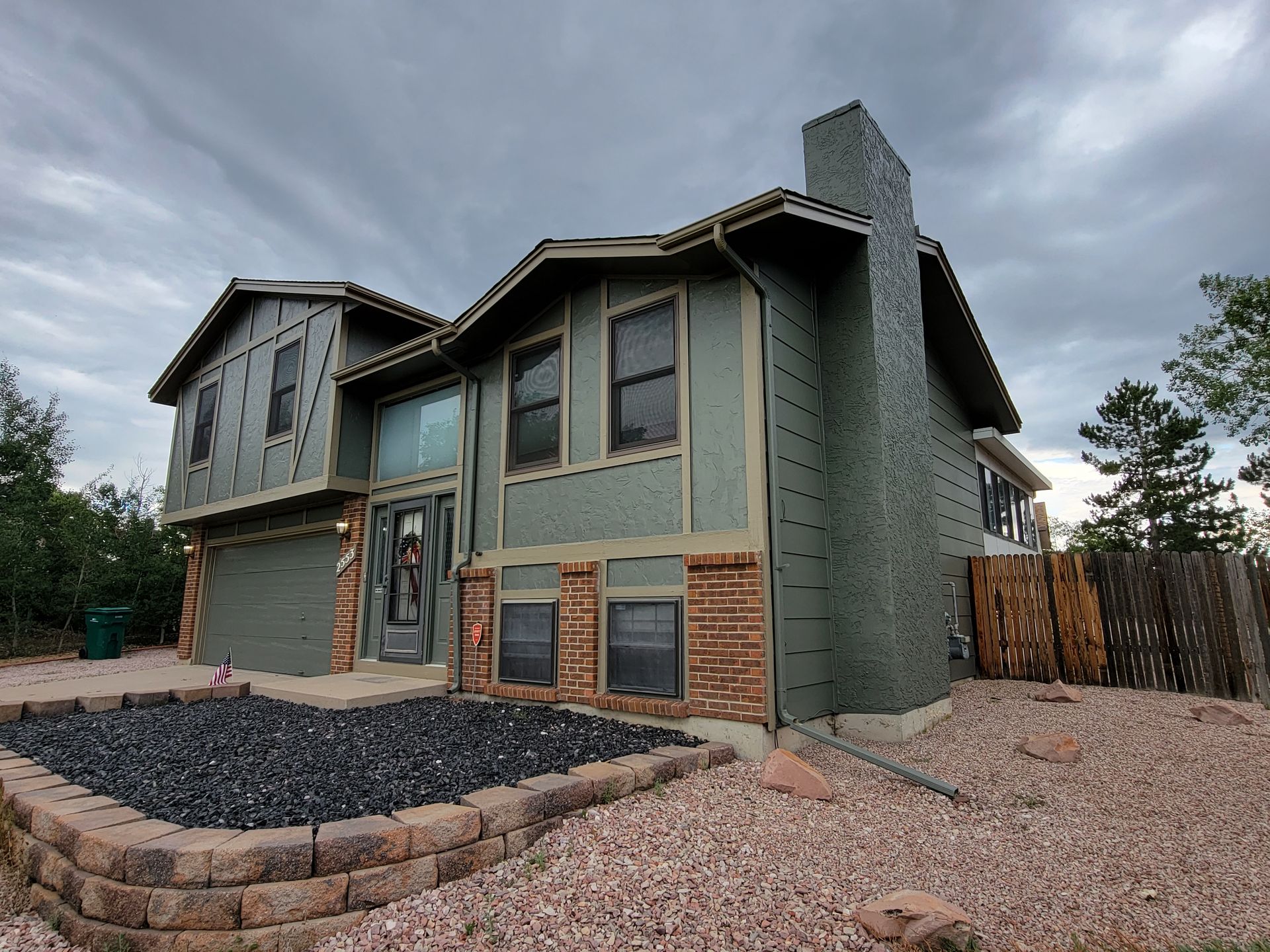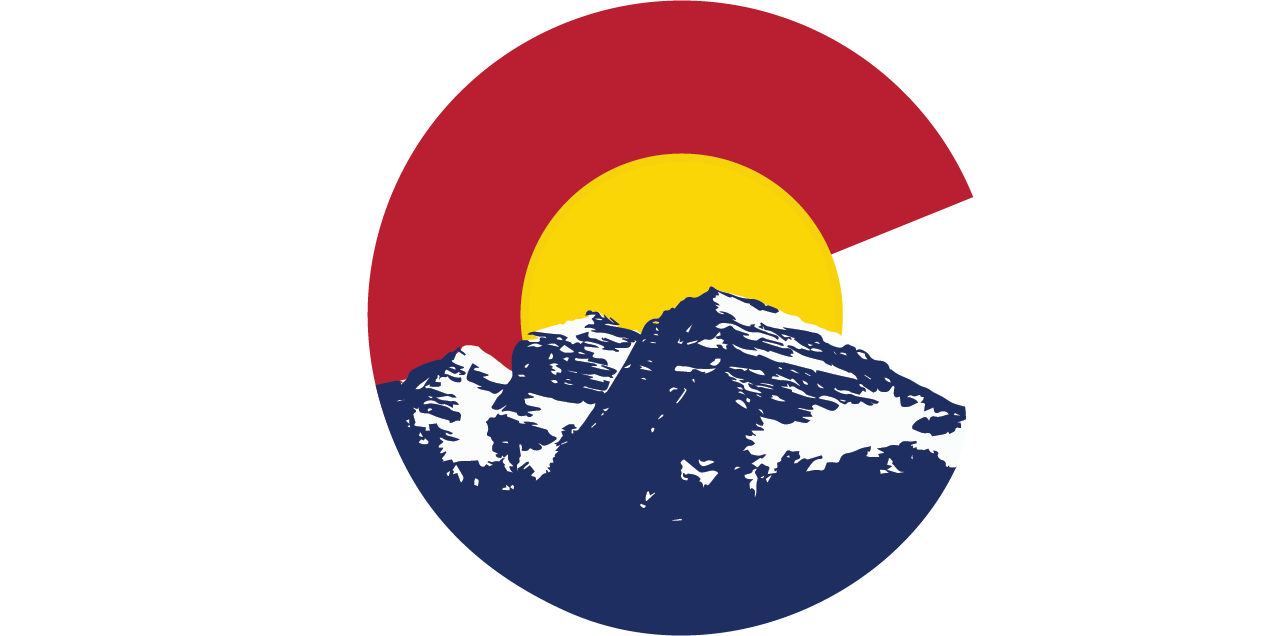Managing moisture is crucial for fall exterior painting projects. In Colorado, the unique climate presents specific challenges with fluctuating humidity and temperatures. The fall season can lead to issues such as peeling and blistering if not handled properly.
Humidity affects paint performance significantly, making it essential to address this factor for a durable finish. At Front Range Painters, we understand these challenges and incorporate meticulous attention to detail. Our expertise ensures a long-lasting paint job that protects your home through all seasons.
By focusing on moisture management, our team guarantees that your exterior painting project withstands Colorado's unpredictable fall weather.
Understanding Humidity and Temperature Effects on Exterior Painting
Humidity, the amount of moisture in the air, can significantly impact paint performance. High humidity levels slow down the drying process, leading to issues like blistering and peeling. On the other hand, low humidity can cause paint to dry too quickly, resulting in an uneven finish.
Thedew point, the temperature at which air becomes saturated with moisture and forms dew, is crucial for painting conditions. If painting is done when temperatures are near the dew point, moisture can form on surfaces, compromising adhesion and longevity. This is especially important in Colorado's fall climate where temperatures fluctuate significantly.
Ideal temperature ranges for exterior painting are typically between 50°F and 85°F. Paints formulated for low-temperature curing are beneficial during fall as they ensure proper drying even when nighttime temperatures drop. Monitoring these environmental factors ensures a durable, high-quality paint job that withstands seasonal changes effectively.
The Challenges of Fall Painting Projects in Colorado
Cold weather andmoisture resistance are significant concerns when tackling exterior painting projects during Colorado's fall season. These challenges often lead to common issues such as:
1. Peeling and Blistering
These problems occur when moisture gets trapped beneath the paint layer. As temperatures fluctuate, the trapped moisture expands and contracts, leading to paint blistering and eventually peeling.
2. Cold Weather Impact
Lower temperatures slow down the drying process of paint, which can lead to a variety of complications. Paint may not adhere properly to surfaces, resulting in an uneven finish or early deterioration. Additionally, if the temperature drops below freezing, water-based paints can freeze, causing permanent damage to the paint structure.
Colorado’s unique climate, characterized by sudden temperature drops and high humidity levels, makes these issues worse. Thehumidity effects on paint are particularly pronounced during fall, when morning dew and frequent precipitation increase moisture levels in the air. This heightened humidity can prolong drying times and compromise the overall durability of the paint job.
Understanding these challenges is crucial for planning successful exterior painting projects in Colorado, ensuring long-lasting results despite adverse weather conditions.
Best Practices for Moisture Management in Fall Painting
1. Preparing Surfaces Before Painting
Achieving a durable and visually appealing finish starts with meticulous surface preparation. Here are essential steps to ensure surfaces are dry and clean before applying paint:
- Pressure Washing: This is crucial for removing dirt, mildew, and loose paint. Using a pressure washer with the appropriate setting helps achieve a clean surface without causing damage. Ensure the surface is thoroughly dry before proceeding to the next step.
- Scraping and Sanding: Loose or peeling paint must be scraped off using a paint scraper or putty knife. Follow this up with sanding to smooth out rough edges and create an even base for the new paint layer.
- Moisture Testing: Check the moisture content of the surfaces using a moisture meter. Ideal surface conditions for painting require moisture levels below 15%. Surfaces exceeding this threshold need additional drying time.
- Priming: Use primers specifically designed for high-humidity environments. These primers enhance adhesion between the substrate and topcoat, providing better resistance to moisture penetration.
2. Choosing the Right Paint for Fall Projects
Selecting the appropriate type of paint is crucial to achieving a durable and aesthetically pleasing finish, especially during the fall in Colorado. The fluctuating temperatures and increased moisture levels characteristic of this season necessitate careful consideration.
Water-Resistant Paints
Water-resistant formulations are ideal for fall conditions, providing a robust barrier against occasional moisture exposure. These paints help prevent common issues like peeling and blistering, ensuring that your exterior surfaces remain intact and visually appealing:
- Acrylic Latex Paints: Known for their durability and flexibility, acrylic latex paints offer excellent resistance to moisture.
- Elastomeric Coatings: These coatings provide superior waterproofing capabilities, making them suitable for areas prone to water intrusion.
Low-Temperature Curing Paints
Using low-temperature curing paints is another best practice for exterior painting in cold weather. These paints are specifically formulated to dry properly even when nighttime temperatures drop, which is common during Colorado's fall season:
- Specialized Low-Cure Paints: Brands like Sherwin-Williams® offer lines designed to cure at lower temperatures, ensuring a consistent finish.
- Quick-Drying Formulations: These paints accelerate the drying process, reducing the window of time during which the paint is vulnerable to adverse weather conditions.
By implementing these paint application tips and selecting the right products, you significantly enhance the longevity and performance of your exterior coatings.
Monitoring Environmental Conditions During Painting Projects & Adjusting Work Schedules Accordingly
Effective moisture management in fall painting projects hinges on vigilant monitoring of environmental conditions. Several tools and techniques can help ensure optimal conditions for painting:
- Infrared Thermometers: These devices provide accurate surface temperature readings, essential for ensuring that surfaces are within the ideal temperature range for paint application.
- Hygrometers: These instruments measure humidity levels in the air, helping to determine if conditions are too humid for painting.
- Wind Speed and Direction Monitors: Understanding wind patterns can prevent issues like uneven paint application or debris contamination.
Front Range Painters leverages these tools to make informed decisions. By consistently checking temperature and humidity levels, they can adjust their work schedules to avoid painting during unfavorable conditions. This proactive approach helps prevent common problems such as blistering or peeling, ensuring a long-lasting finish.
The use of these advanced tools highlights Front Range Painters' commitment to delivering quality results. By combining precise environmental monitoring with expert application techniques, they ensure that each project is completed under optimal conditions, safeguarding the durability and appearance of the paint job.
Conclusion: Invest Time In Preparation For A Durable Finish That Protects Homes Through All Seasons
Implementing effective moisture management strategies for long-lasting results is crucial when painting in the fall. By adhering to best practices such as:
- Thoroughly preparing surfaces before painting
- Choosing the right paint for fall conditions
- Monitoring environmental conditions and adjusting work schedules accordingly
Homeowners can achieve a durable finish that stands the test of time.
However, navigating the nuances of Colorado's climate—especially during autumn with its fluctuating temperatures and increased humidity levels—can be challenging. This is where the expertise of professionals likeFront Range Painters becomes invaluable. With a deep understanding of local weather patterns and rigorous attention to detail, Front Range Painters ensures that every exterior painting project not only looks great but also withstands the elements for years to come.
Consider partnering with Front Range Painters for your next project to experience their commitment to quality and customer satisfaction.





